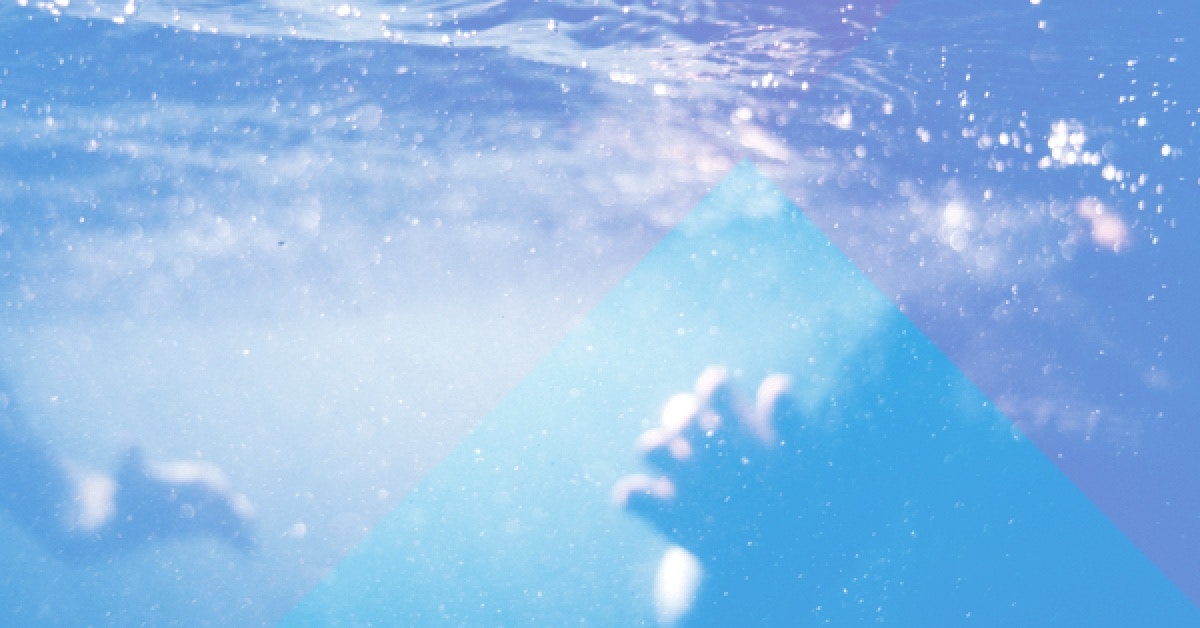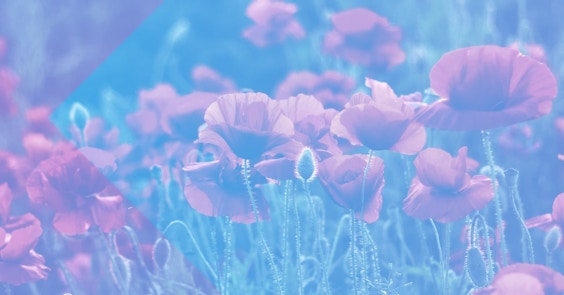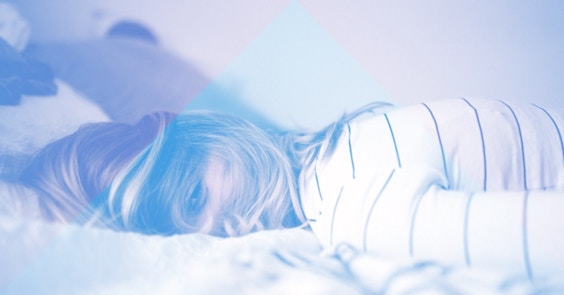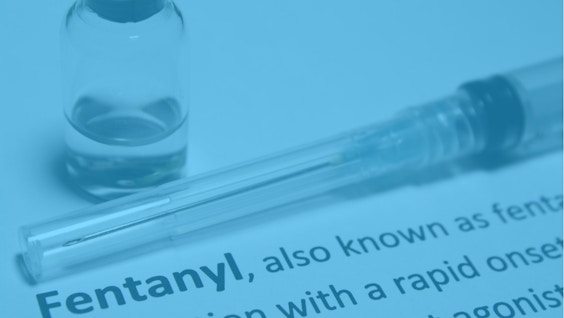I Am Sober is a free app that helps you get some control back in your life.

How to Deal With Heroin Cravings
Last Updated: Fri, January 19, 2024Heroin is one of the most addictive drugs on the market.
Derived from morphine, this opioid is not only commonly used, but incredibly dangerous. Heroin overdoses are far from rare and the drug can have disastrous effects on your body.
Heroin can hold you captive both physically and mentally.
In order to make your recovery go as smoothly as possible, it’s important to learn all you can about heroin cravings, withdrawal, and how to fight cravings.
What are heroin cravings like?
Heroin withdrawal is notoriously rough. The first 1-3 days are the peak and therefore the most severe. This can include depression, hypertension, a rapid heart rate, cramps, fever and chills, nausea and vomiting, muscle spasms as well as increased anxiety and insomnia.
Everyone who is addicted to a substance and goes through withdrawal experiences cravings. Whether you are detoxing from alcohol, cocaine, nicotine, or heroin- cravings are completely natural.
Cravings occur because addiction to drugs and alcohol changes brain chemistry. Those who are addicted to heroin form a mental and physical dependence on the drug.
When the drug is no longer being consumed, the brain rebels.
How long do they last?
Heroin cravings can start just hours after your last dose.
While this may sound alarming, it’s completely normal when it comes to heroin withdrawal. If you are quitting the substance, be prepared to experience some intense heroin cravings for a while.
Unfortunately, There is no set time limit to how long cravings will last.
For most people, they experience acute withdrawal for several days after quitting heroin.
During acute withdrawal is when the most intense heroin cravings will be experienced. Some people stay in this period for longer than others, but the general time frame ranges from around 3-6 days.
After acute withdrawal, many people experience what is called “Post Acute Withdrawal Syndrome,” or “PAWS.” PAWS symptoms include cravings, insomnia, anxiety, depression, irritability, and fatigue. PAWS can last from weeks to months.
After acute withdrawal and PAWS, cravings become less frequent and less intense. However, someone who was once addicted to heroin may experience cravings off and on for the rest of their life. Or they may stop experiencing cravings after a few months of sobriety. Everyone is different. This is why active recovery is so important.
How to stop heroin cravings with medication
When you use a drug like heroin, your brain is literally rewired to focus on the drug. This obsession can be overwhelming. Cravings are a leading cause of readdiction.
Implementing medications to help you stay sober (Addiction psychopharmacology) jnto your recovery plan can be a true game-changer.
Many people misunderstand addiction psychopharmacology and believe that using a medication to get sober is essentially replacing one addiction with another.
This is not the case.
Yes, heroin is a highly addictive substance. However, the medications that can help curb heroin cravings not addictive. In other words, you don’t take these medications to get high.
While some have the potential to be abused, this is rarely the case. Additionally, one of the most common medications, Naltrexone, has no abuse potential at all.
The three most popular medications used to curb heroin cravings are Naltrexone (which comes both as a pill and in a once a month injection called Vivitrol), Buprenorphine, and Methadone.
-
Naltrexone (oral tab or an injection called Vivitrol): Naltrexone is an opioid antagonist (receptor blocker). It works by binding to one of the brain’s opioid receptors (the mu opioid receptor) and blocking the action of opioids on that receptor. A doctor administers the long acting injection form once monthly. By blocking the mu opioid receptor, naltrexone prevents people from getting high if they use heroin. Naltrexone indirectly reduces cravings by taking addiction off the table as an option. Then patients can focus on their recovery rather than think about how they are going to get high.
-
Buprenorphine: Buprenorphine, often known by one of its brand names, Suboxone, binds very tightly to the mu opioid receptor and partially stimulates it, thereby reducing cravings and withdrawal symptoms. Buprenorphine comes as either an oral tablet or as a dissolvable film that patients put under their tongue or on the inside of their cheek. It should be taken daily. As a partial agonist (receptor stimulator), Buprenorphine activates opioid receptors in the brain, but not to the same level as opioid agonists.
-
Methadone: Methadone is also an opioid agonist, but is long-acting. It is the most effective treatment for opioid use disorder. It generally comes as a liquid. Patients initially take methadone daily at a certified opioid treatment program (OTP) under supervision. It was one of the original medications used to treat opioid use disorder and is still an effective option today.
Can I use CBD to stop my cravings?
CBD is still controversial in many places, but a study published in the American Journal of Psychiatry provides some research indicating that CBD may help.
“Our findings indicate that CBD holds significant promise for treating individuals with heroin use disorder,” – Yasmin Hurd, lead author of the study and director of the Addiction Institute at Mount Sinai
The publication concludes saying:
CBD’s potential to reduce cue-induced craving and anxiety provides a strong basis for further investigation of this phytocannabinoid as a treatment option for opioid use disorder.
This indicates that CBD could become an option that medical providers start to offer in addition to Naltrexone, Buprenorphine, or Methadone.
How to deal with heroin cravings
When detoxing from heroin, cravings are normal and usually unavoidable. However, that doesn’t mean that there’s nothing you can do to help yourself.
It’s crucial that you do everything you can to address your cravings in a healthy and proactive manner. Experiencing heroin cravings during and after withdrawal is the main cause of re-addicting.
There are several different ways to help combat cravings. Here are some of the most effective craving-fighting techniques:
-
Never Crave Alone: The first and most important practice for managing cravings is to talk them out with a recovery support. If you practice the rule, “Never Crave Alone,” you will almost certainly never readdict. The first moment you notice a thought of using, call a recovery support. Talk out your craving with them. When you talk out a craving, you talk about four things:
-
The good things that will happen if you don’t addict.
-
The bad things that will happen if you addict.
-
What is triggering your craving or thoughts of addicting.
-
What you can do to soothe and distract yourself.
-
Talking out your cravings puts your frontal lobes back in charge of your life.
-
-
Cognitive Behavioral Therapy (CBT): CBT is an interactive form of therapy that provides several useful solutions to coping with cravings. Some of these solutions are redirection, distraction, and visualization.
-
Distraction: Cravings don’t last forever. If you are able to distract yourself when you feel cravings coming on, the feelings will be gone before you know it!
-
Self-care: Treat your body well. Eat healthy foods, get regular exercise, stay hydrated...all of these things will help you feel better about yourself and remind you why you quit heroin in the first place. Then, when the cravings come, you’ll love your new life way too much to go back to your old one.
-
Avoiding triggers: Everyone has their own triggers. There are external triggers, such as contact with others who use heroin. There are also internal triggers, such as pain, stress, anger, or boredom. The first step is to identify what triggers a craving and then avoid or resolve those triggers.
-
Become involved in a 12-step fellowship such as Narcotics Anonymous, or some other mutual help group, such as Rational Recovery, SMART Recovery, or others: 12-step fellowships, for example, have been keeping people sober for almost 100 years. Their method of getting and staying sober has proven to be effective time and time again. When you are involved in a mutual help group, you have a method of recovery and a support system comprised of people who know exactly what you’re going through.
-
Ride out the feelings with Mindful Acceptance: As we mentioned before, cravings don’t last forever. When you learn to accept your cravings- as scary as that may be- it can actually help you heal. When you accept the cravings and ride out the feelings, you will see that they are just that- feelings. And feelings aren’t permanent. By going with the craving, you will feel it peak and then pass.
-
Play the tape all the way through: When you feel a craving coming on, it can be all too easy to romanticize your drug use. Don’t do that! Instead, imagine what would happen if you used heroin again- and play the tape all the way through. Remember what your rock bottom felt like and how terrible the initial detox was. By doing this, you will remember the bad parts about heroin and will be less inclined to act on any cravings.
Unfortunately, there is no way to avoid heroin cravings. They are simply a part of recovery. They are neither good or bad. It is how you handle them that makes them either good or bad for you. Understanding why you get cravings, as well as how to manage them, can help keep you sober. Use all the techniques listed above to help fight heroin cravings. You are sure to find a method that works for you.
Remember that you are not alone in your sobriety journey. No one recovers alone. There are people out there to support you! Many people have quit heroin and stayed sober with the help of others. Love yourself enough to get the help you deserve so you can be the next person to beat addiction.
More resources:
I Am Sober is a free app that helps you get some control back in your life.




